Floating homes with state-of-the-art technology and drones to deliver essentials like food, medicine and medical attention are under construction.



Constructing a tiny robot out of DNA
DNA, or deoxyribonucleic acid, is a molecule composed of two long strands of nucleotides that coil around each other to form a double helix. It is the hereditary material in humans and almost all other organisms that carries genetic instructions for development, functioning, growth, and reproduction. Nearly every cell in a person’s body has the same DNA. Most DNA is located in the cell nucleus (where it is called nuclear DNA), but a small amount of DNA can also be found in the mitochondria (where it is called mitochondrial DNA or mtDNA).
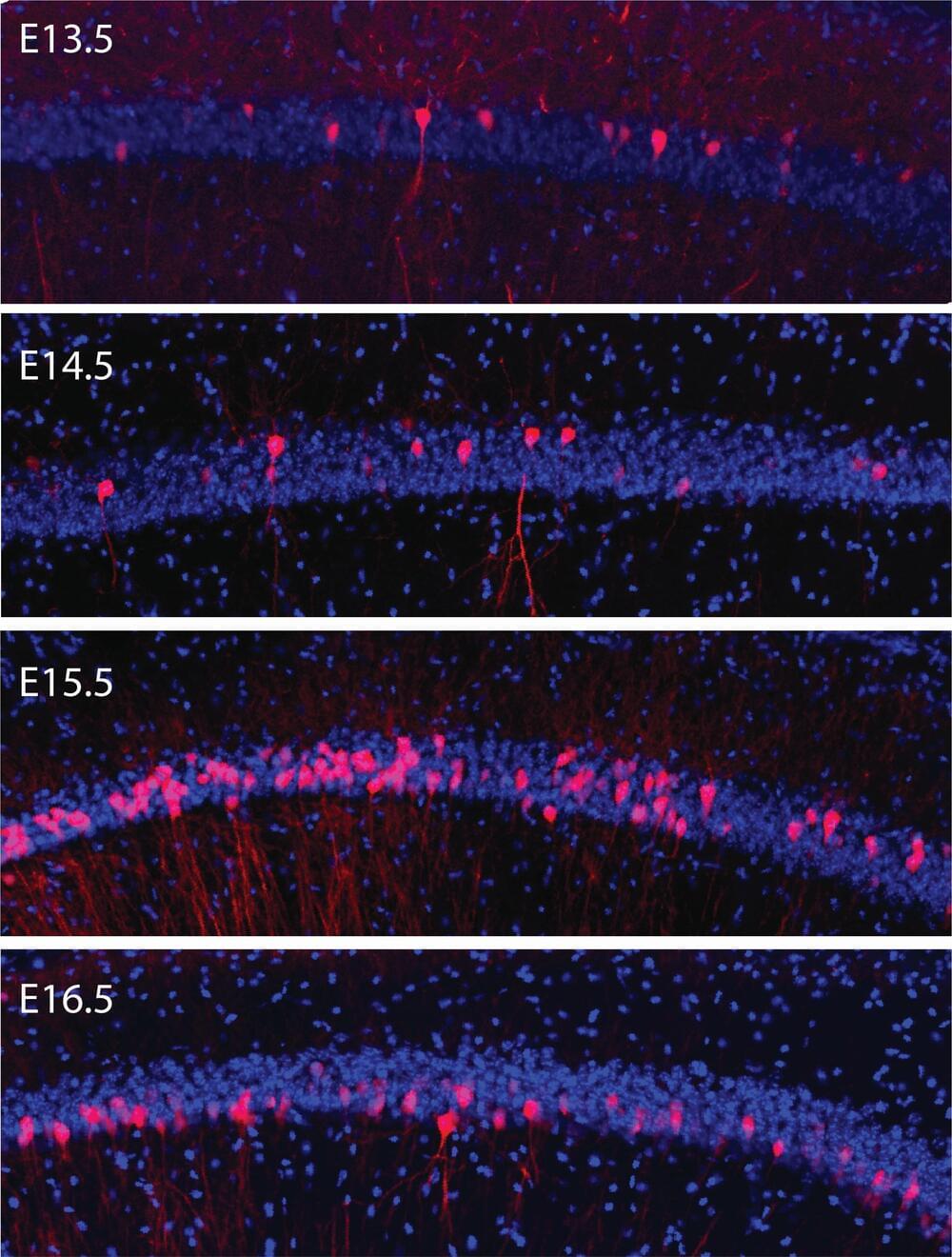
Brain cells with the same “birthdate” are more likely to wire together into cooperative signaling circuits that carry out many functions, including the storage of memories, a new study finds.
Led by researchers from NYU Grossman School of Medicine, the new study on the brains of mice developing in the womb found that brain cells (neurons) with the same birthdate showed distinct connectivity and activity throughout the animals’ adult lives, whether they were asleep or awake.
Published online August 22 in Nature Neuroscience, the findings suggest that evolution took advantage of the orderly birth of neurons—by gestational day—to form localized microcircuits in the hippocampus, the brain region that forms memories. Rather than attempting to create each new memory from scratch, the researchers suggest, the brain may exploit the stepwise formation of neuronal layers to establish neural templates, like “Lego pieces,” that match each new experience to an existing template as it is remembered.
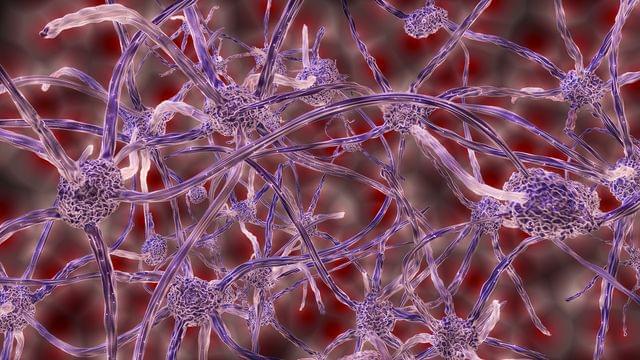
“We took skin biopsies from patients living with Huntington’s disease and reprogrammed the skin biopsies into neurons. We then compared these neurons with reprogrammed neurons from healthy people. The results are very interesting. We have found several defects that explain some of the disease mechanisms in neurons from patients with Huntington’s disease. Among other things, we observed that neurons from patients with Huntington’s disease show problems in breaking down and recycling a particular kind of protein – which can lead to a lack of energy in these cells”, says Johan Jakobsson, professor of neuroscience at Lund University.
The researchers have also measured the biological age of the cells and observed that the reprogrammed neurons retain their biological age, which is significant if they are to be used for research in the new model system.

Imagine a world where the smart watch on your wrist never ran out of charge, because it used your sweat to power itself.
It sounds like science fiction but researchers have figured out how to engineer a bacterial biofilm to be able to produce continuous electricity from perspiration.
They can harvest energy in evaporation and convert it to electricity which could revolutionise wearable electronic devices from personal medical sensors to electronics.
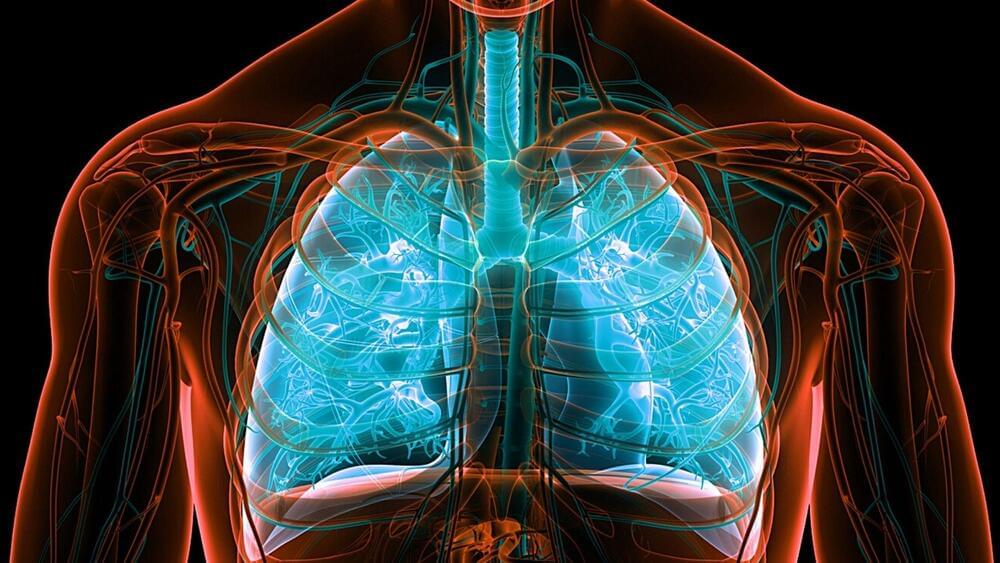
A more long-term alternative to using steroids.
It is estimated that more than 250 million people globally suffer from asthma, which also causes hundreds of thousands of fatalities annually. Therefore, finding a cure for the condition could be life-changing for a large number of people.
Scientists have now developed a new potential long-term treatment for asthma. The method, which not only treats the symptoms of asthma but also targets one of its causes, functions by preventing the mobility of a certain kind of stem cell known as a pericyte.
Tightness of the chest, difficulty breathing, coughing, and wheezing — a person suffering from allergic asthma can start experiencing all of these symptoms after inhaling an allergen. Though asthma affects about 340 million people worldwide, allergic asthma is the most prevalent form, with 90 percent of children with asthma having allergies, compared to 50 percent of adults with asthma.
Now, researchers led by Laurent Reber (Infinity, Toulouse) and Pierre Bruhns (Humoral Immunity, Institut Pasteur, Paris) and French company NEOVACS have developed a vaccine that could provide long-term protection against allergic asthma and reduce the severity of the symptoms, improving patient quality of life dramatically.

Burial sites in the Eastern Mediterranean from the period around 2000 BCE show evidence of outbreaks of disease that likely contributed to the fall of three great civilizations: the Minoan on the island of Crete, the Akkadian in what is Turkey today, and Egypt’s Old Kingdom.
The pathogens found in the DNA of old bones indicate significant outbreaks of typhoid fever and the plague. The emergence of widespread disease in this area of the world at that time may be related to climate change, or pressures from new waves of human migration coming from outside the region. But a paper published in Current Biology on July 25, 2022, shows widespread infections involving the bacterium Yersinia pestis, responsible for the many incidents of plague that occurred in ancient civilizations all the way to the era of Justinian 1st in the 6th century CE Eastern Roman Empire which modern scholars labelled Byzantine. Also found in burial sites is widespread evidence of Salmonella Enterica the cause of typhoid/enteric fever.
This evidence coincides with a period of major geopolitical transformation from 2,290 to 1909 BCE. During this time the Old Kingdom, the Akkadian Empire, and the Middle Minoan civilization were all disrupted. The periods are associated with societal and population declines throughout much of the Eastern Mediterranean. Did these depopulating diseases come from elsewhere brought in by migration and invasion? Were there environmental factors such as a change in the climate? Was there degradation of agricultural lands leading to famine, and a general weakening of the local population?
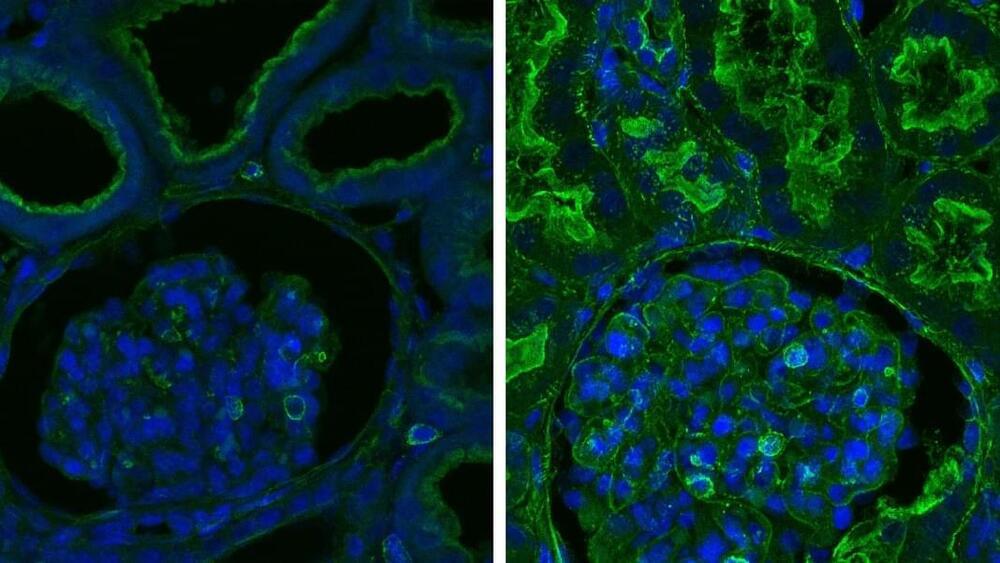
Yes, it does. Although OrganEx helps revitalize pigs’ organs, it’s far from a deceased animal being brought back to life. Rather, their organs were better protected from low oxygen levels, which occur during heart attacks or strokes.
“One could imagine that the OrganEx system (or components thereof) might be used to treat such people in an emergency,” said Porte.
The technology could also help preserve donor organs, but there’s a long way to go. To Dr. Brendan Parent, director of transplant ethics and policy research at NYU Grossman School of Medicine, OrganEx may force a rethink for the field. For example, is it possible that someone could have working peripheral organs but never regain consciousness? As medical technology develops, death becomes a process, not a moment.

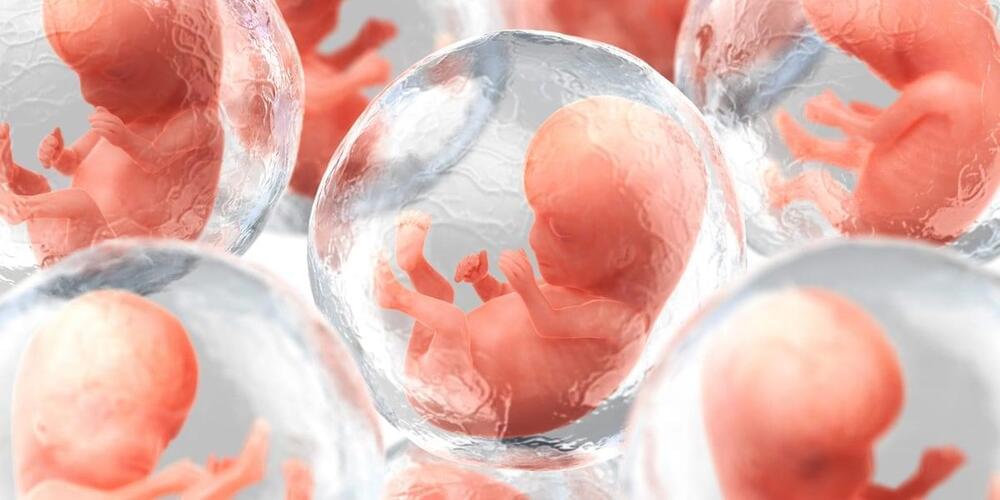
A biotechnology company based in Israel wants to replicate a recent experiment that successfully created an artificial mouse embryo from stem cells — only this time with human cells.
Scientists at Weizmann’s Molecular Genetics Department grew “synthetic mouse embryos” in a jar without the use of sperm, eggs, or a womb, according to a paper published in the journal Cell on August 1. It was the first time the process had been successfully completed, Insider’s Marianne Guenot reported.
The replica embryos could not develop into fully-formed mice and were therefore not “real,” Jacob Hanna, who led the experiment, told the Guardian. However, scientists observed the synthetic embryos having a beating heart, blood circulation, the start of a brain, a neural tube, and an intestinal tract.